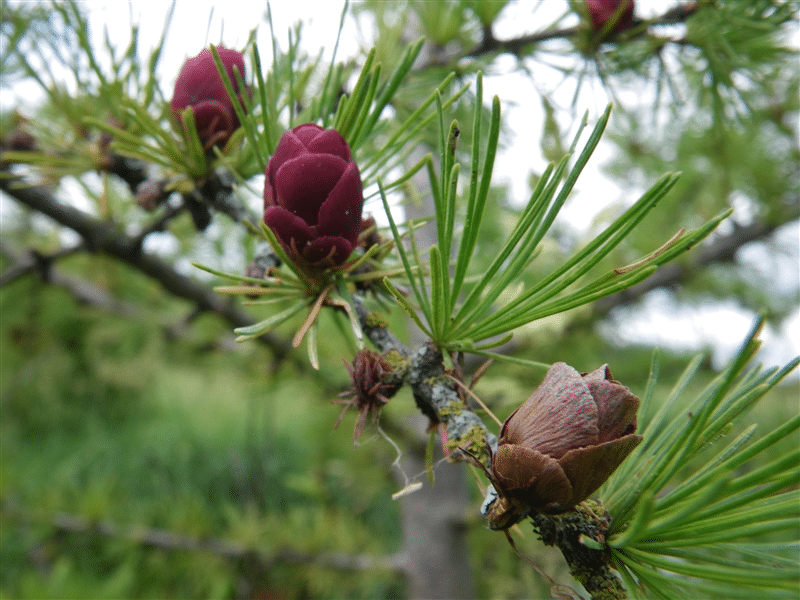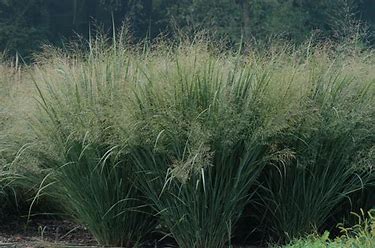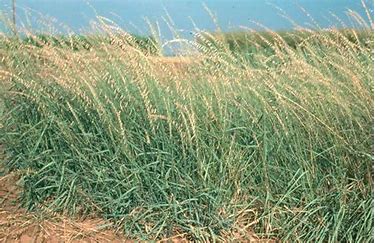Description
Adaptation: Tamarack grows in boreal forests in wet, poorly drained sphagnum bogs and muskegs, also on moist upland mineral soils, the drier sites in the northern part of its range, at elevations of 0-1200 meters. Because it can withstand high soil moisture, high acidity, and low soil temperature, it is more abundant on peatlands than trees characteristic of surrounding uplands.
Planting: Tamarack trees may bear viable seed at 12-15 years of age, but open-grown trees 50-150 years old produce the best cone crops. Good seed crops are produced at intervals of 3-6 years.
The best seedbed is warm, moist mineral soil or organic soil with no brush but a light cover of grass or other herbaceous vegetation. For best growth, seedlings need full light and a constant water level. Early seedling mortality may be caused by damping-off, drought, drowning, and inadequate light.
Contributed by: USDA NRCS National Plant Data Center & the Biota of North America Program
Click here for more information from USDA-NRCS.












